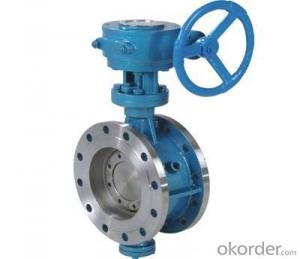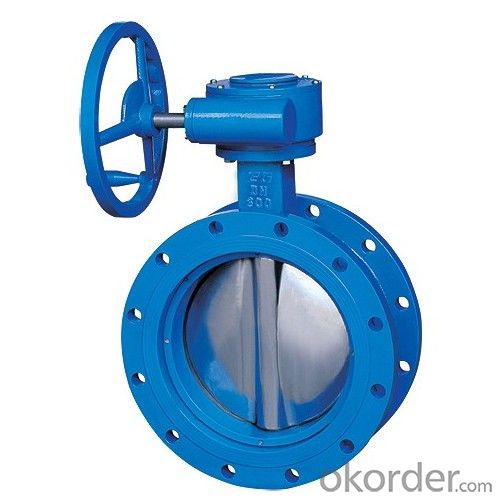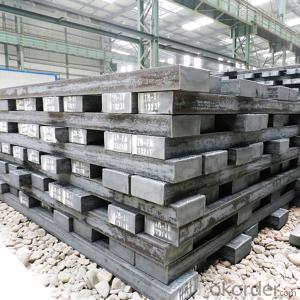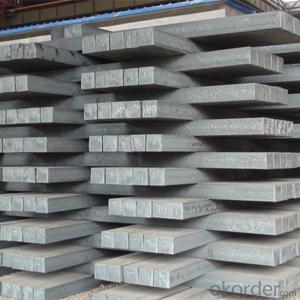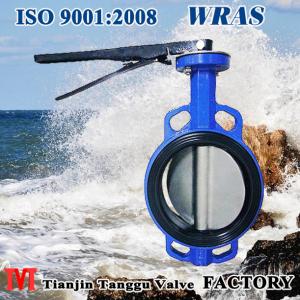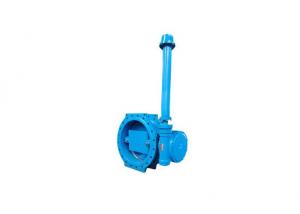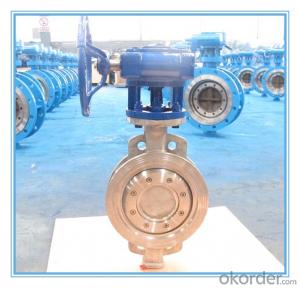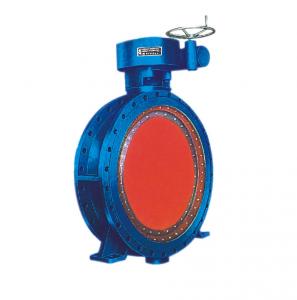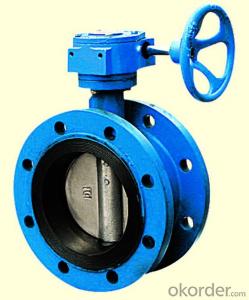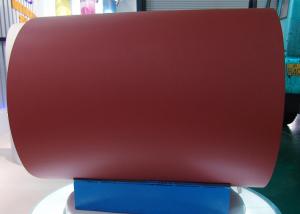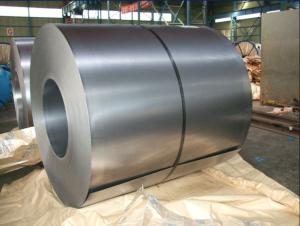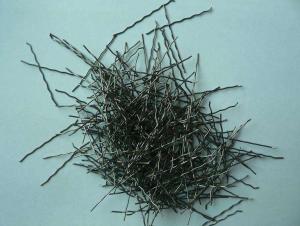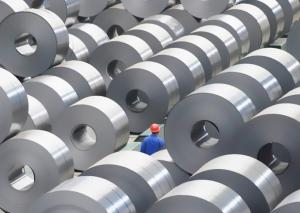Flange type rubber seated butterfly valve with by pass
- Loading Port:
- Tianjin
- Payment Terms:
- TT OR LC
- Min Order Qty:
- 100 kg
- Supply Capability:
- 10000 kg/month
OKorder Service Pledge
OKorder Financial Service
You Might Also Like
Specifications
Flange butterfly valve with by pass
Design: EN593
Face to face: DIN3202 F5
Flange: EN1092
Pressure test acc.to: EN12266
Flange type rubber seated butterfly valve with by pass
1. Size, pressure, medim and temp. range as listed below:
Size | DN100 to DN4000 |
Pressure | PN10, PN16, PN25, PN40 |
Suitablem | sea water, and other weak corrosive liquid etc. |
Temp. | -10~120°C |
2. Standard items:
Description | Standard |
Design and manufacture | EN593 |
Face to face | ISO5752 series15, EN558-1 series 15, DIN3202 F5 |
Flange and drilling | ISO7005-2, EN1092, |
Pressure test | EN12266 |
Top flange of bare shaft valve | ISO5211 |
Top flange on worm gearbox for e-actuator | ISO5210 |
3. Main part material items:
Name | Material |
Body | ductile cast iron, WCB, stainless steel |
Disc | ductile cast iron, WCB stainless steel, Al-bronze |
Stem | SS420, SS431 or as request |
Disc seat ring | EPDM |
Body seat ring | SS304 |
Retainer | SS304 |
Shaft bearing | Al-bronze, self-lubricating bearing |
Bolt & nuts | SS304 |
Coating | epoxy coating, thickness: min. 250 microns, color code: RAl5015, 5017, 5010, and etc. |
Notes: Other materials are available on request
4. Operating mode: bare shaft, worm gear+handwheel, electirc actuator, pneumatic actuator, hydraulic actuator, etc.
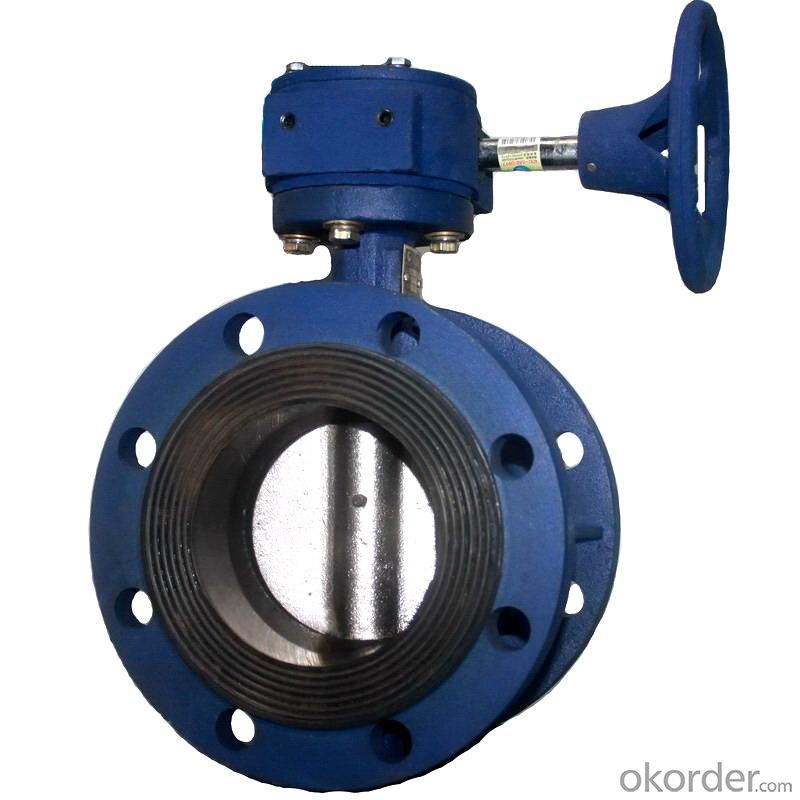
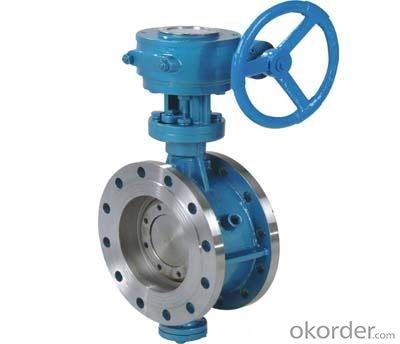
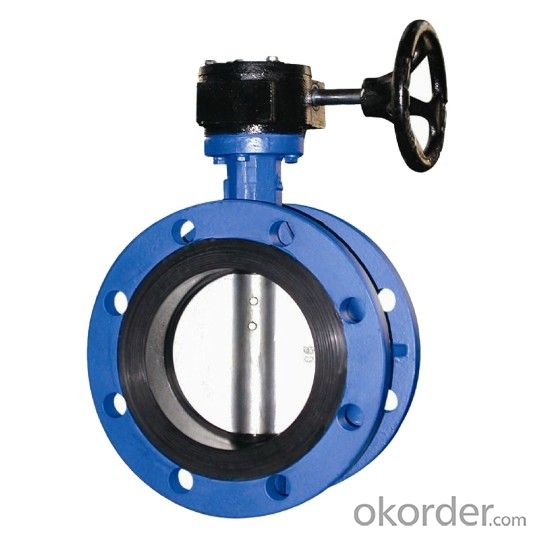
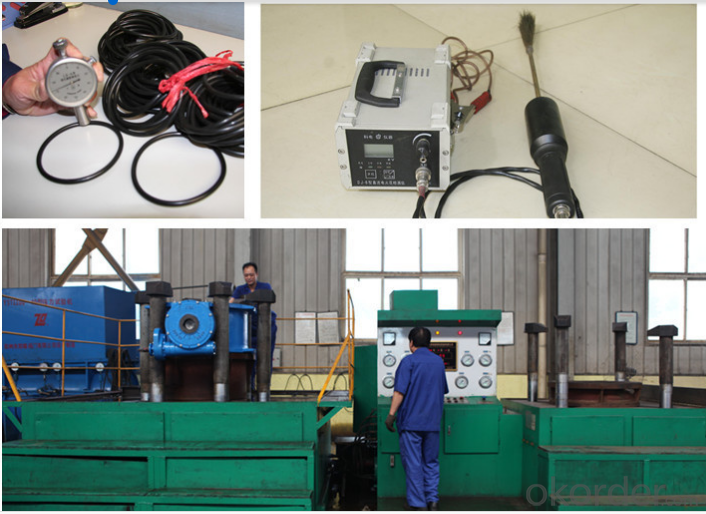
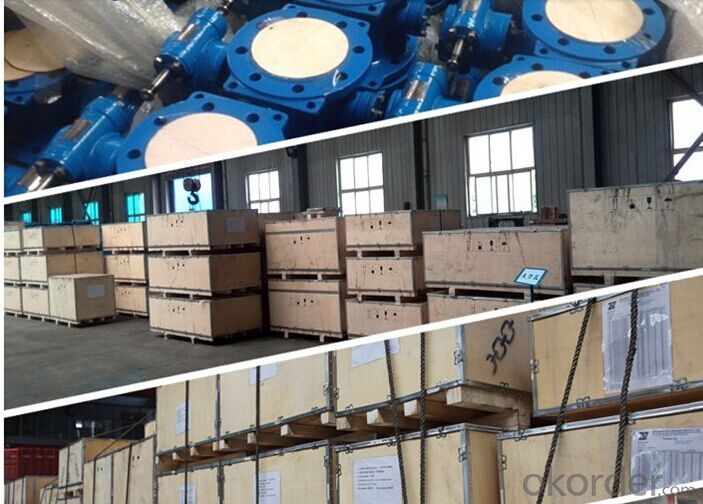
- Q: How do steel products contribute to the automotive aftermarket industry?
- Steel products contribute to the automotive aftermarket industry by providing essential components for vehicle repair and customization. From replacement parts like chassis frames and exhaust systems to accessories like grilles and bumpers, steel products are integral to maintaining and upgrading vehicles. Their strength, durability, and versatility make steel an ideal material for manufacturing aftermarket components, ensuring the safety, performance, and aesthetic appeal of vehicles.
- Q: How do steel products contribute to the transportation and logistics sector?
- Steel products contribute to the transportation and logistics sector in multiple ways. Firstly, steel is used extensively in the manufacturing of vehicles, including cars, trucks, trains, and ships. Its high strength-to-weight ratio and durability make it an ideal material for constructing vehicle bodies, chassis, and components, ensuring safety and reliability in transportation. Moreover, steel is crucial in the construction of infrastructure necessary for transportation and logistics, such as bridges, tunnels, railway tracks, and port facilities. These structures require the strength and resilience of steel to handle heavy loads, withstand harsh environmental conditions, and provide efficient and safe transport routes. Additionally, steel plays a significant role in the production of shipping containers, which are essential for the movement and storage of goods globally. These containers are made from steel to withstand stacking, handling, and transportation while protecting the goods inside. Steel's strength and corrosion resistance make it an ideal material for these purposes. Overall, the use of steel products in the transportation and logistics sector ensures the efficiency, reliability, and safety of various modes of transportation, infrastructure, and storage, contributing to the smooth functioning of global supply chains and facilitating economic growth.
- Q: How are steel products used in the construction of libraries and educational centers?
- Steel products are commonly used in the construction of libraries and educational centers for various purposes. Steel beams and columns are used to provide structural support, ensuring the durability and stability of the building. Steel frames are also used for walls and roofs, allowing for flexible and efficient design options. Additionally, steel is used for doors, windows, and other architectural elements, providing security and aesthetic appeal. Overall, steel products play a crucial role in constructing safe, functional, and aesthetically pleasing libraries and educational centers.
- Q: What are the environmental impacts of producing steel products?
- The environmental impacts of producing steel products include emissions of greenhouse gases during the production process, such as carbon dioxide and methane. Steel production also contributes to air pollution through the release of particulate matter, sulfur dioxide, and nitrogen oxides. The extraction of raw materials for steel production, such as iron ore and coal, can result in habitat destruction and deforestation. Additionally, the energy-intensive nature of steel manufacturing leads to significant consumption of natural resources, including water and energy. Proper management and implementation of sustainable practices are crucial to minimize these environmental impacts.
- Q: What are the common applications of steel products in the automotive industry?
- Steel products have a wide range of common applications in the automotive industry, including the manufacturing of car bodies, chassis, engine components, and suspensions. Steel's high strength-to-weight ratio, durability, and cost-effectiveness make it an ideal material for ensuring safety, structural integrity, and optimal performance in vehicles.
- Q: What are the different types of steel sheets and their uses?
- There are several different types of steel sheets, including hot rolled, cold rolled, galvanized, and stainless steel. Hot rolled steel sheets are commonly used in construction and manufacturing due to their strength and durability. Cold rolled steel sheets are more precise in their dimensions and are often used in automotive and appliance manufacturing. Galvanized steel sheets are coated with zinc to prevent rusting and are commonly used in outdoor structures and roofing. Stainless steel sheets are resistant to corrosion and are used in various industries such as food processing, medical equipment, and construction.
- Q: How is steel used in the production of playground equipment?
- Steel is commonly used in the production of playground equipment due to its strength, durability, and ability to withstand outdoor elements. It is used to construct the frames, supports, and chains of various play structures such as swings, slides, and climbing frames. Steel's robust nature ensures the equipment can safely support the weight of children and withstand frequent use and harsh weather conditions, making it an ideal material for playground equipment.
- Q: How is steel wire used in the production of springs for automobiles?
- Steel wire is commonly used in the production of springs for automobiles due to its high tensile strength and durability. It is typically coiled and shaped into the desired spring design, allowing it to absorb and release energy when under pressure or in motion. This helps to provide stability, support, and suspension to various components of the automobile, ensuring a smooth and comfortable ride.
- Q: How are steel bars used in the reinforcement of bridges and flyovers?
- Steel bars are used in the reinforcement of bridges and flyovers to provide strength and stability to the structures. These bars are typically inserted into the concrete during construction to enhance the load-bearing capacity and prevent any potential cracking or failure. The steel bars, also known as rebar, act as a framework within the concrete, absorbing and distributing the loads and forces generated by the bridge or flyover, thus ensuring their structural integrity and durability.
- Q: What are the different types of steel fasteners and their uses in machinery?
- There are various types of steel fasteners commonly used in machinery, including bolts, screws, nuts, and washers. Bolts are used to join two or more components together, providing strong and reliable connections. Screws, on the other hand, are primarily used to hold components in place or to fasten objects to surfaces. Nuts are paired with bolts to secure them tightly, while washers are used to distribute the load and prevent damage to the connected surfaces. These steel fasteners play a crucial role in ensuring the structural integrity and functionality of machinery.
Send your message to us
Flange type rubber seated butterfly valve with by pass
- Loading Port:
- Tianjin
- Payment Terms:
- TT OR LC
- Min Order Qty:
- 100 kg
- Supply Capability:
- 10000 kg/month
OKorder Service Pledge
OKorder Financial Service
Similar products
Hot products
Hot Searches
Related keywords
